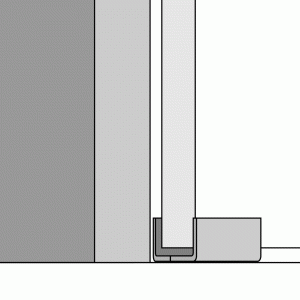The Folding Door: From Ancient Rome to Contemporary Design
Accordion doors have become commonplace in design schemes throughout all forms of architecture. Take for example the use of the accordion doors in large buildings like convention centers and sports stadiums. In larger buildings accordion doors are typically used for security purposes and to allow large groups of people to enter and exit a space in the most efficient manner possible. Accordion doors are also used for aesthetic purposes in homes and businesses across the world. Nothing can compare to the elegance and design of a classic accordion door. These amazingly constructed folding doors can fulfill many roles in the building layout process, and that is why they have been in use for many, many centuries.
We know that the Ancient Romans used accordion doors in the design of a wide variety of their architectural projects. Evidence of the use of accordion doors in Pompeii reveals that the Romans utilized the accordion door in both common and luxurious building spaces. The rugged utility of these doors made them the perfect tool for merchants, and the ability of these doors to display the most elegant of design put them in high demand for the ruling elite of Roman culture.
The accordion door has remained in style throughout many centuries of cultural and technological change. An amazing variety of cultures have embraced the function and beauty of the accordion door throughout history. Accordion folding doors are one of the few elements of interior and exterior design that have remained in popular use by both western and eastern cultures. In the world of contemporary home design, the accordion door has once again revealed itself to be the number one choice of home designers looking to maximize both the style and efficiency of a space. No matter what the future brings in commercial and home building design, the accordion door is a classic option that is here to stay.







